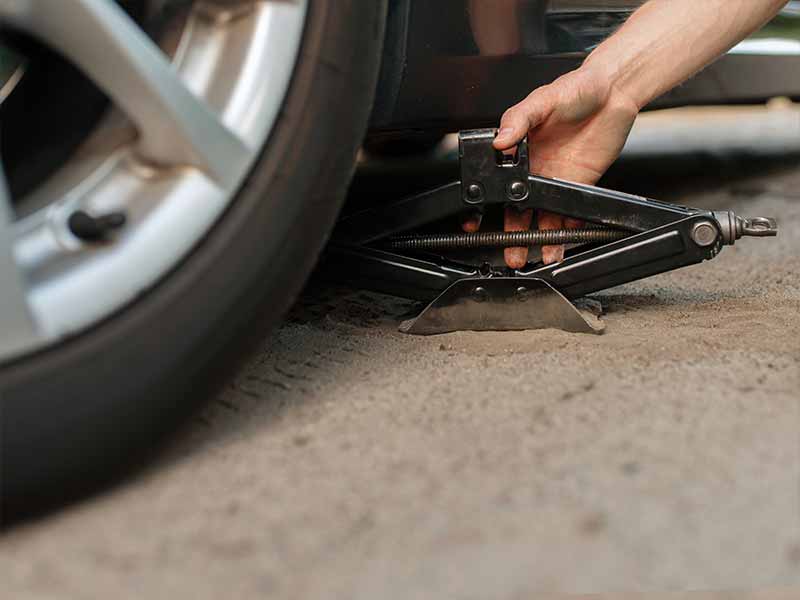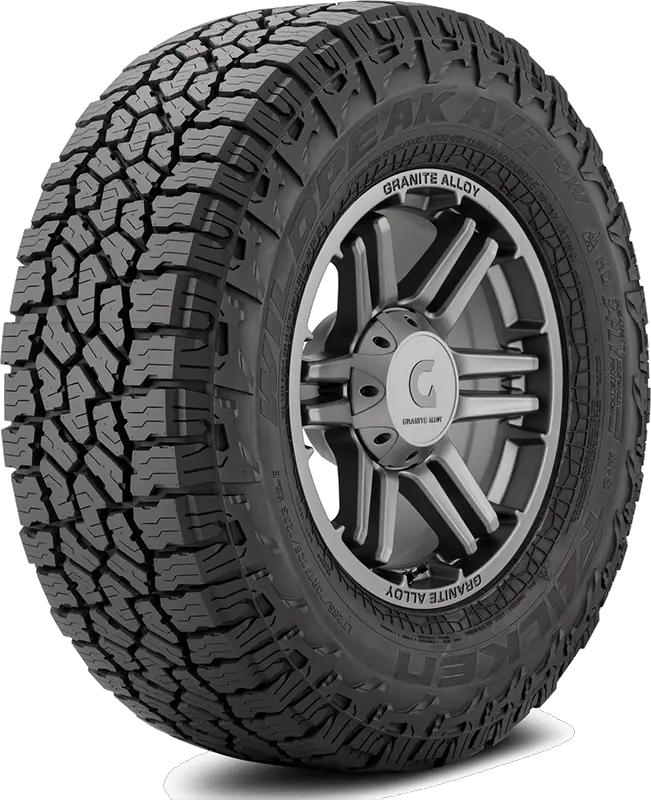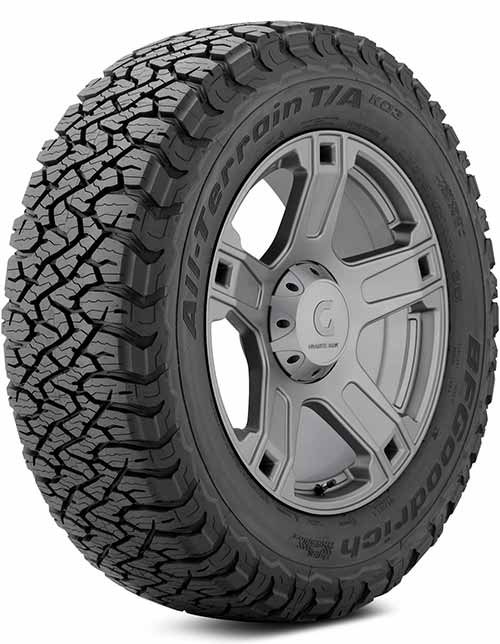Have you ever been cruising along, only to feel that dreaded ‘thump-thump-thump’ and realize you’ve got a flat tire? It’s enough to ruin anyone’s day. But what if your tire could take a puncture in stride and keep you moving? That’s the promise of run-flat tires.
Can You Patch A Run Flat Tire?
The most common, and usually correct answer is no. However, patching a run flat tire depends on several factors including the extent of the damage, the tire’s design, and how far it’s been driven in a deflated state.
In this article, we’ll dive deep into the world of run-flat tires, exploring how to handle punctures, address slow leaks, and determine whether it’s better to replace or repair.
We’ll also delve into the specifics of driving on a punctured run-flat and make an informed comparison of the lifespan of run-flat tires versus regular ones.
Let’s take a closer look.
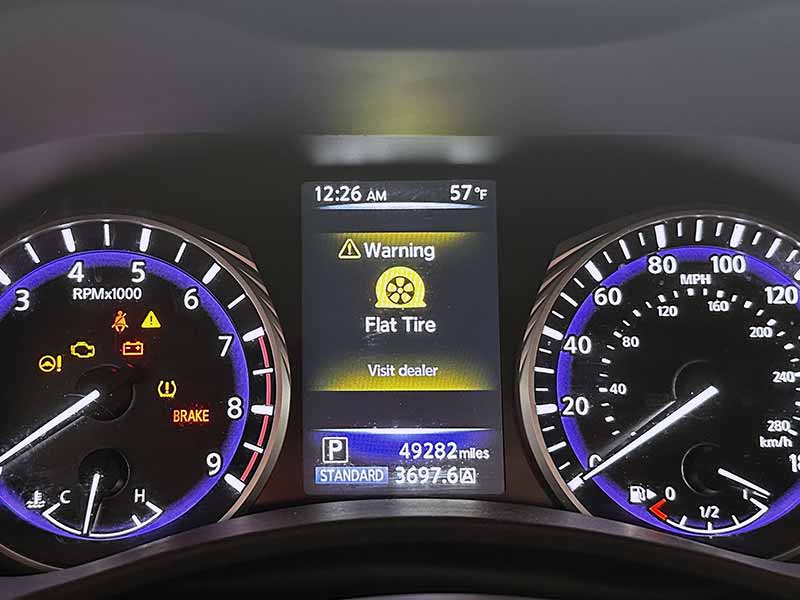
Understanding Punctures in Run Flat Tires
Navigating the world of tires can be somewhat tricky, especially when it comes to understanding punctures in run flat tires. Let’s dive deeper into this subject.
How Punctures Occur
Punctures can happen in a flash and often when you least expect it. While we’re all aware of the common culprits like nails or broken glass, a host of less obvious hazards like sharp rocks, or even heavy impact with a pothole can also result in a puncture. Furthermore, the location and size of the puncture play a significant role in whether a tire can be repaired, or if it must be replaced.
Dealing with Punctures in Run Flat Tires
Run flat tires, due to their unique construction, are designed to keep you moving even after a puncture occurs. They’re engineered with reinforced sidewalls that can temporarily support the weight of your vehicle, even when the tire’s pressure is significantly reduced.
Driving With a Nail in Your Run Flat
Despite the resilience of run flat tires, driving with a puncture should be treated as an emergency situation. You might be asking, “How long can I drive with a nail in my run flat tire?” The general rule is that you can drive up to 50 miles at a maximum speed of 50 mph. However, this can vary based on factors like the severity of the puncture and the load on your vehicle.
It’s important to note that this is a one-time deal. You should drive on a punctured run flat only to reach a safe location or until you can have a professional perform a thorough inspection.
Punctures and Tire Longevity
Keep in mind that while the run flat design can give you peace of mind and an extra margin of safety, it doesn’t increase the inherent puncture resistance of the tire. Just like regular tires, run flat tires are susceptible to road hazards, and a severe puncture might necessitate replacement.

The Debate: Can You Patch a Run Flat Tire?
When it comes to patching run flat tires, there’s quite a bit of debate. Let’s delve into this topic and hopefully clear up some of the confusion.
Is It Possible to Patch a Run Flat Tire?
At the heart of this discussion is the question, “Can you patch a run flat tire?” The answer is, “It depends.” The decision to patch a run flat tire depends on a couple of factors including the severity of the puncture and the extent to which the tire was driven while deflated.
Understanding the Patching Process
Patching a tire isn’t as simple as slapping on a band-aid. It’s a meticulous process that involves plugging the hole from the inside and sealing the area around the puncture. This dual-action repair method is designed to restore the tire’s integrity and allow it to hold air again.
When Patching is Not Advisable
While patching is a viable solution for some punctures, it’s important to note that driving on a deflated run flat tire can potentially damage the tire’s reinforced sidewalls. If this occurs, patching is not advisable because the tire’s structural integrity could be compromised.
Even if a puncture seems minor, it’s best to have it assessed by a tire professional who can make an informed judgment about the tire’s safety and viability for repair.
Why Opinions Vary on Patching Run Flat Tires
The debate around patching run flats arises due to these specific considerations. Some tire manufacturers and experts believe that the potential risk of sidewall damage makes patching a questionable choice. Others, however, assert that as long as the tire hasn’t been driven on extensively with low or zero pressure, and the puncture is in a repairable area, patching could be a suitable option.
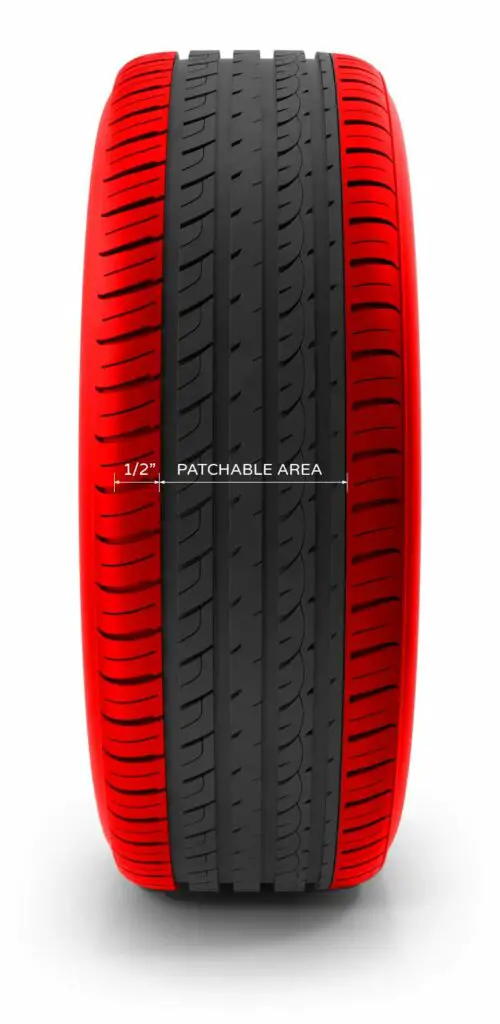
Addressing Slow Leaks in Run Flat Tires
Slow leaks in run flat tires can be a bit of a sneaky issue, but with the right knowledge, they’re a problem you can tackle head-on.
What’s a Slow Leak?
First, let’s define what we’re dealing with. A slow leak in a tire is exactly what it sounds like: your tire is losing air, but at a rate slow enough that it’s not immediately noticeable. Over days or even weeks, though, you might find your tire pressure consistently dropping, a sure sign you’re dealing with a slow leak.
Can You Fix a Slow Leak in a Run Flat Tire?
To answer the question “Can you fix a slow leak in a run flat tire?”, you’ll be pleased to know that, yes, in many cases you can. It all depends on what’s causing the leak. The most common culprits are usually a valve stem issue or a small puncture. Both of these can often be repaired, getting your tire back to holding air like it should.
Dealing With a Slow Leak
When you notice a slow leak in your run flat tire, it’s important to get it addressed as soon as possible. Continued driving on an under-inflated tire can lead to more serious damage. Remember that reinforced sidewall we talked about? Driving on a low-pressure run flat can damage this critical component.
Steps to Address a Slow Leak
- Check the Tire Pressure: The first step is to check your tire pressure. Confirm that it’s consistently dropping over time, indicating a slow leak.
- Inspect the Tire: Do a visual inspection of your tire. Look for obvious signs of damage like nails, screws, or any object that could cause a slow leak.
- Visit a Professional: If you can’t find the cause, or if the cause is something you can’t fix yourself, it’s time to visit a professional. They have the tools and know-how to find and fix slow leaks.
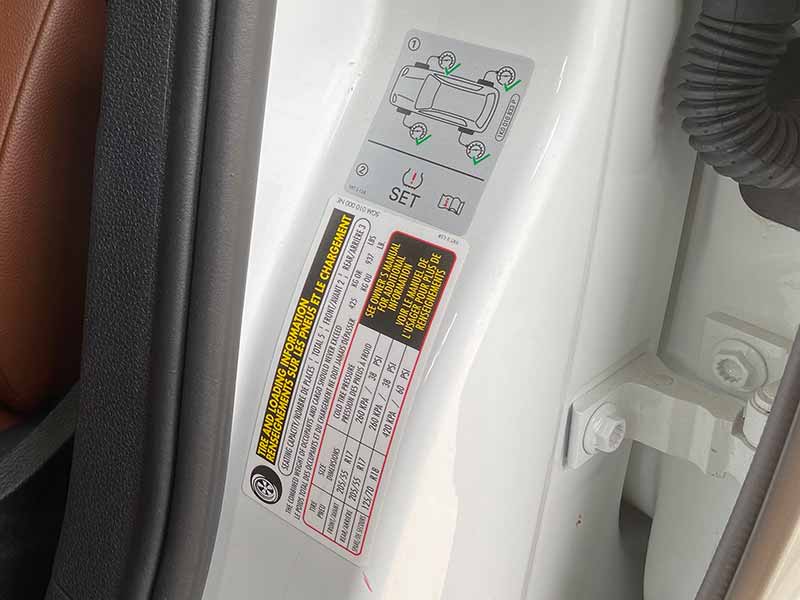
Driving on a Punctured Run Flat: How Fast Can You Go?
When your run flat tire suffers a puncture, understanding the right way to handle the situation can make all the difference. Let’s take a closer look.
Driving on a Punctured Run Flat
We’ve already established that one of the main advantages of a run flat tire is its ability to keep you going even after a puncture. But you may be wondering, “How fast can I drive on a punctured run flat?”
The general rule is that you should keep your speed below 50 mph. While your run flat tire is designed to perform under reduced pressure, it’s not invincible, and driving at higher speeds could cause further damage to the tire.
Why Speed Matters
High speeds can generate a lot of heat, and the already compromised internal structure of a punctured run flat tire can quickly deteriorate under these conditions. By maintaining a moderate speed, you’re helping to extend the life of the tire and increase your chances of reaching your destination or a repair shop safely.
Consider the Distance
While the recommended maximum speed is a vital piece of the puzzle, you should also remember the distance limitation. Even at lower speeds, run flat tires are typically only designed to travel about 50 miles after a puncture.
Maintaining Control
Finally, while driving on a punctured run flat tire, keep in mind that the handling characteristics of your vehicle may change. Be cautious and stay aware of your vehicle’s response to steering and braking.
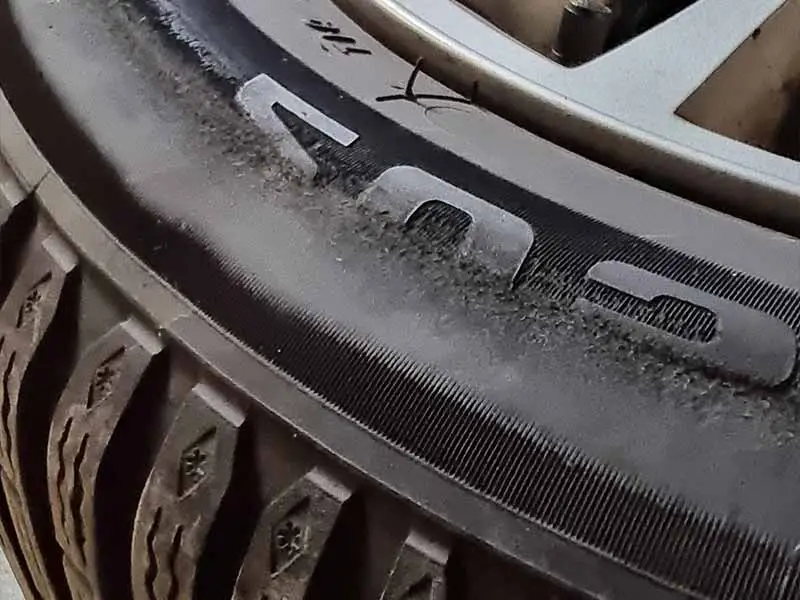
What to Do if You Get a Nail in Your Run Flat Tire
Discovering a nail in your run flat tire can be a cause for concern. But don’t worry, with the right approach, it’s a problem you can handle.
Identifying the Problem
You might discover a nail in your tire during a routine check, or your tire pressure monitoring system (TPMS) might alert you to a loss of pressure. Either way, if you find a nail embedded in your tire, it’s essential not to pull it out on the spot. Removing it could cause the tire to deflate rapidly, leaving you stranded.
Immediate Actions
The first thing to do when you find a nail in your run flat tire is to check the tire pressure. If the tire is holding pressure, and the nail is not located on the sidewall, it’s safe to drive—but remember to keep your speed down and don’t plan on any long trips.
Seeking Professional Help
Regardless of how your tire seems to be holding up, you should make arrangements to visit a tire professional as soon as possible. They can remove the nail safely and assess whether the tire can be repaired or needs to be replaced.
Preventative Measures
While you can’t completely eliminate the risk of running over a nail, regular tire inspections can help catch punctures before they become a bigger issue. So, make it a habit to give your tires a once-over periodically.

Do I Need to Replace My Tires with Run Flats?
Deciding whether or not to replace your tires with run flats can be a tough choice. Let’s break down what you need to consider.
Understanding Your Vehicle
Firstly, it’s crucial to understand whether your vehicle is designed to use run flat tires. Many modern vehicles come equipped with run flats and don’t have a spare tire. If this is the case with your car, sticking with run flats is probably your best bet, as they’re designed to get you to a repair shop or safe location if you get a puncture.
Considering the Benefits
Run flat tires offer clear advantages. The most significant is their ability to keep you moving for a short distance, even after a puncture. This capability can be a real game-changer, providing a level of security and peace of mind that traditional tires just can’t match.
Weighing the Drawbacks
On the flip side, run flat tires tend to be more expensive than regular tires, and they can’t be repaired as easily. Moreover, they might offer a slightly firmer ride, which some drivers don’t like.
Personal Preferences and Driving Habits
Your decision should also take into account your personal preferences and driving habits. If you frequently travel long distances, especially in remote areas, the security of run flat tires could be worth the extra cost. But if you’re mostly a city driver with a garage or tire shop never too far away, traditional tires could be just fine.
Resources
Below are some links you may find helpful when learning about tires
Final Thoughts
The key takeaway from our exploration into the realm of run-flat tires is this: run-flats offer the significant advantage of allowing you to keep driving after a puncture, but they come with their own considerations regarding repair, replacement, and maintenance. Like all things in life, they’re not a one-size-fits-all solution but might be the perfect fit for your specific needs.
Good luck and happy motoring.
